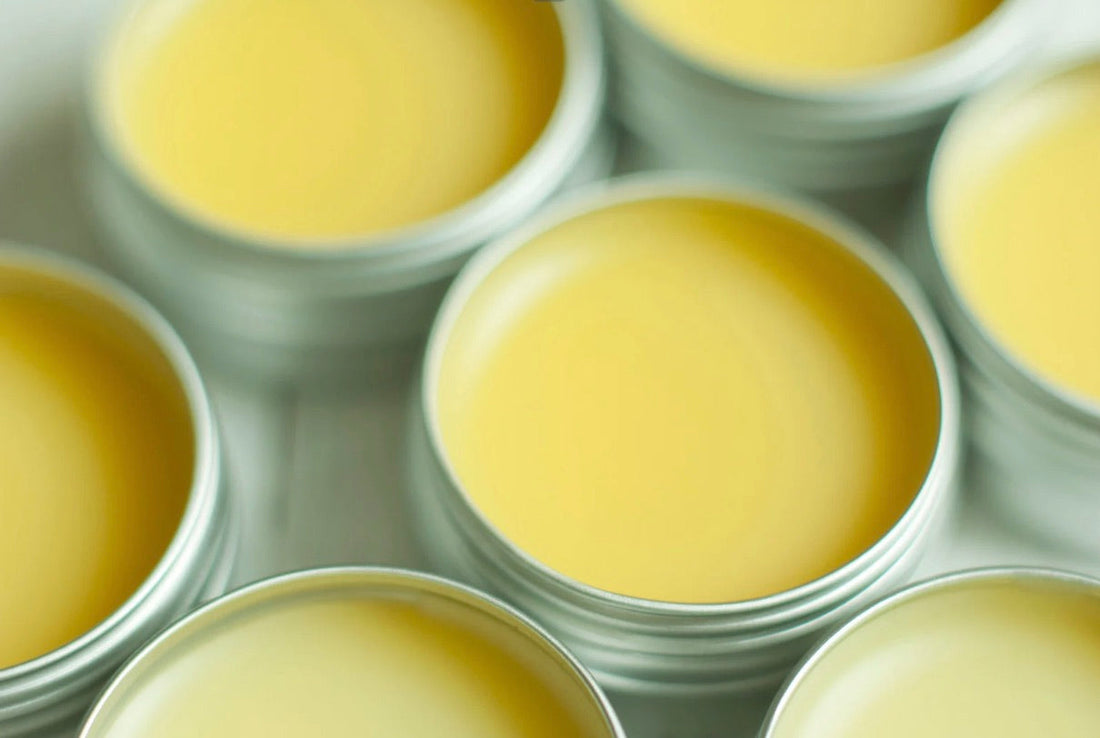
Tallow vs. Coconut Oil: Which One Belongs on Your Face?
Two ingredients consistently headline the debate in clean beuty: beef tallow and coconut oil. Both have roots in traditional beauty rituals and boast impressive nutrient profiles. But when it comes to facial care—especially for acne-prone or sensitive skin—the difference is more than just animal vs. plant. It’s biological compatibility vs. pore-clogging potential.
Coconut Oil Can Clog Pores
Let’s talk numbers: coconut oil has a comedogenic rating of 4 out of 5, meaning it’s likely to clog pores for most people, especially those with oily or combination skin. That’s because its fatty acid profile—primarily lauric acid—is highly occlusive. In contrast, tallow scores a low 1 to 2 on the comedogenic scale, depending on purity and formulation. Its lipid structure closely resembles human sebum, allowing it to nourish and protect without suffocating the skin. That’s why tallow has quietly gained a cult following among those with eczema, rosacea, and even adult acne.
Coconut oil enthusiasts often cite its antimicrobial properties, which are real—but so are the breakouts. The same richness that heals chapped lips or elbows can wreak havoc on facial pores. Tallow, especially when blended with non-comedogenic cold-pressed oils like jojoba or seabuckthorn, offers a more elegant solution. It's less about coating the skin and more about syncing with it.
In short: if you're looking for a skincare ingredient that hydrates without the baggage, tallow is the quieter, smarter choice. Garden Club’s Tallow Skin Care Creams leverage grass-fed tallow and botanical oils for a non-greasy, fast-absorbing formula that delivers results without congestion. When it comes to what you put on your face, clean doesn’t just mean natural—it means compatible.